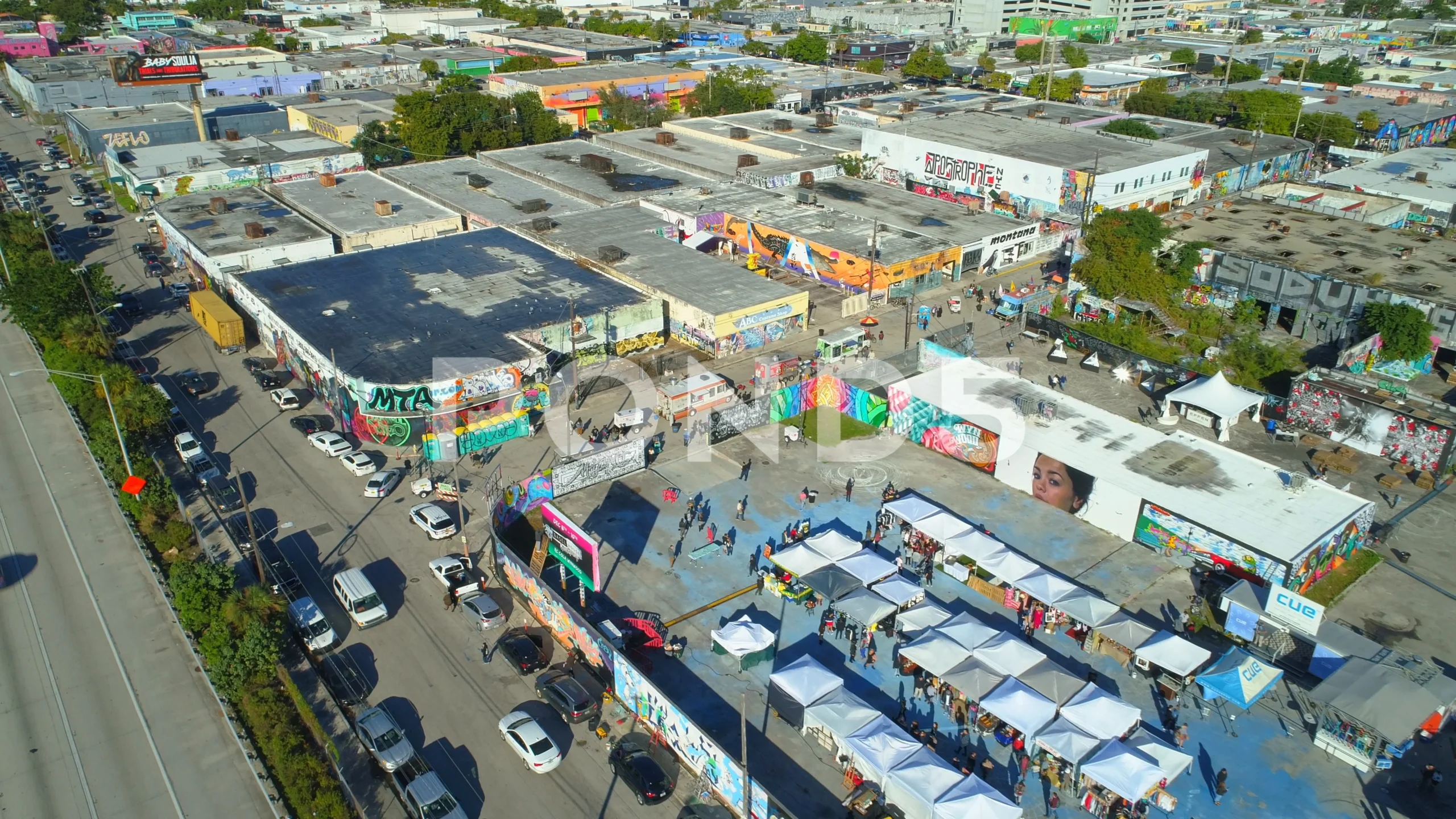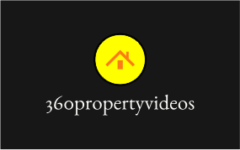Aerial footage can provide a unique perspective that showcases properties in a way that traditional ground-level shots cannot. When done correctly, it can dramatically enhance your real estate marketing efforts, offering potential buyers a comprehensive view of the property and its surroundings. Here’s a guide on how to effectively capture aerial footage for real estate marketing to make your listings stand out.
1. Understand the Benefits of Aerial Footage
Comprehensive Property Views:
Aerial footage allows you to capture a property from multiple angles and elevations, providing a comprehensive view that highlights its size, layout, and relationship to the surrounding area. This perspective is especially useful for showcasing large estates, properties with unique features, or locations with scenic views.
Enhanced Visual Appeal:
Drone footage can add a cinematic quality to your real estate videos, making them more visually appealing and engaging. The dynamic angles and sweeping shots create a dramatic effect that can attract potential buyers and make the property more memorable.
Highlighting Property Features:
Use aerial footage to emphasize key property features such as landscaping, outdoor amenities, and proximity to nearby attractions. This can help potential buyers visualize the property’s full potential and understand its context within the neighborhood.
2. Choose the Right Equipment

Drones:
Invest in a high-quality drone equipped with a good camera. Popular models for real estate include the DJI Mavic Air 2, DJI Phantom 4 Pro, and DJI Mini 2. Ensure the drone has a high-resolution camera and stable flight capabilities for the best results.
Camera Settings:
Set your drone’s camera to capture high-resolution footage, ideally in 4K resolution for the sharpest images. Adjust settings such as shutter speed, ISO, and white balance to match the lighting conditions and desired visual effect.
Accessories:
Consider using additional accessories such as ND (neutral density) filters to manage exposure and enhance the quality of your footage. A gimbal or stabilizer can also help ensure smooth and stable shots.
3. Plan Your Shots
Scout the Property:
Before flying, visit the property and plan your shots. Identify key features you want to highlight and determine the best angles and elevations to capture them. Consider the property’s layout, surroundings, and any potential obstacles.
Create a Flight Plan:
Develop a flight plan outlining the specific routes and maneuvers you want to perform with your drone. This plan should include takeoff and landing points, flight paths, and key shots you want to capture.
Check Weather Conditions:
Ensure you have favorable weather conditions for flying. Avoid windy or rainy days, as these can affect the stability of your drone and the quality of your footage. Optimal conditions include clear skies and minimal wind.
4. Capture Stunning Aerial Footage
Use Smooth Movements:
When flying your drone, use smooth and steady movements to avoid jerky or shaky footage. Slow and deliberate maneuvers result in more professional and visually pleasing shots.
Experiment with Angles:
Explore various angles and heights to capture the property from different perspectives. Try wide, sweeping shots to showcase the entire property, and close-up shots for detailed views of specific features.
Incorporate Dynamic Shots:
Add variety to your footage by incorporating dynamic shots such as flyovers, orbiting the property, and ascending or descending shots. These movements can create a more engaging and cinematic experience.
Maintain Focus:
Ensure that the camera remains focused on the property during your shots. Use the drone’s camera settings to adjust focus and avoid blurry or out-of-focus footage.
5. Edit and Enhance Your Footage
Choose the Right Editing Software:
Use video editing software such as Adobe Premiere Pro, Final Cut Pro, or DaVinci Resolve to edit your footage. These tools allow you to trim, color correct, and add effects to enhance the final product.
Color Correction:
Adjust the color balance and exposure to make the footage look vibrant and true to life. Correct any inconsistencies in color or lighting to ensure a polished and professional appearance.
Add Music and Narration:
Incorporate background music and narration to complement your aerial footage. Choose music that fits the mood of the video and adds to the overall viewing experience. Use narration to highlight key features and provide context.
Include Branding:
Add your branding elements such as logos, contact information, and website details to the video. This reinforces your brand identity and provides viewers with ways to get in touch with you.
6. Comply with Regulations and Safety
Follow Local Regulations:
Be aware of and adhere to local regulations regarding drone use. This includes obtaining necessary permits, flying within designated areas, and adhering to altitude and distance restrictions.
Ensure Safety:
Prioritize safety by flying your drone in a responsible manner. Avoid flying over people, property, or restricted areas. Perform regular maintenance checks on your drone to ensure it is in good working condition.
Conclusion
Capturing aerial footage for real estate marketing offers a unique and compelling way to showcase properties. By using high-quality equipment, planning your shots, and following best practices for capturing and editing footage, you can create visually stunning videos that effectively highlight the property’s features and attract potential buyers. Aerial footage adds a dynamic element to your marketing strategy, providing a comprehensive view that enhances the overall appeal of your listings.
